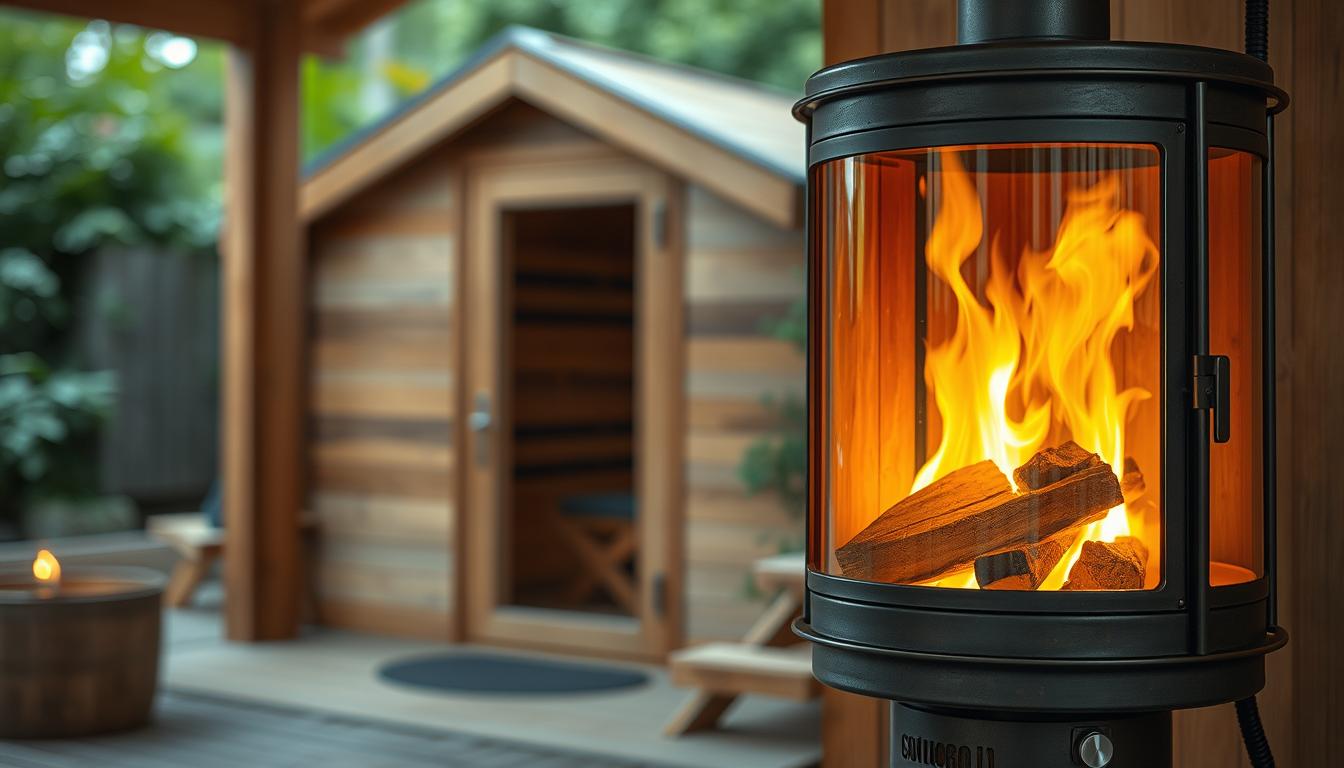
Outdoor Sauna with Wood Stove: Benefits & Installation
An outdoor sauna with a wood stove represents the epitome of traditional sauna experiences, combining the natural ambiance of the outdoors with the warmth of a burning fire. This setup not only offers a unique and authentic way to enjoy the sauna but also provides a connection to centuries-old wellness traditions.

The quality of heat produced by a wood-burning sauna stove is distinct and often preferred by enthusiasts for its soft, enveloping warmth. Unlike electric alternatives, a wood-fired sauna creates an immersive experience, engaging users with the natural elements and the soothing sound of the burning wood.
Key Takeaways
- Traditional sauna experience with natural elements and time-honored heating methods.
- Offers rustic charm and practical functionality without needing electricity.
- Distinctive heat quality from wood-burning stoves.
- Immersive wellness experience connecting users with centuries-old sauna traditions.
- Comprehensive guide covering selection, installation, and maintenance.
The Authentic Finnish Sauna Experience
The authentic Finnish sauna experience is deeply rooted in tradition and natural elements. The Finnish sauna tradition dates back thousands of years, with wood-fired saunas being the most authentic representation.
Traditional Finnish saunas emphasize the quality of "löyly" - the steam that rises when water is thrown on hot stones. This creates a momentary intense heat wave followed by enveloping humidity, enhancing the overall sauna experience.
The ritual of preparing and maintaining a wood fire in a burning sauna adds a meditative element, connecting users to ancient traditions. This cyclical nature of heating and cooling, spending time alternating between the hot sauna and cooling periods, is central to Finnish sauna culture.
What Is an Outdoor Sauna with Wood Stove?

Outdoor saunas with wood stoves offer a unique blend of traditional heat therapy and natural ambiance. An outdoor sauna with a wood stove is a freestanding structure designed specifically for heat therapy, typically constructed from cedar, pine, or other weather-resistant woods.
These outdoor sauna units feature a wood-burning stove that generates heat through combustion, creating a more traditional sauna environment. The wood stove serves as the central heating unit, typically featuring a firebox for burning wood and a chamber filled with stones that retain and radiate heat.
- Unlike indoor saunas, outdoor saunas with wood stoves provide an authentic Finnish sauna experience.
- Proper ventilation systems and chimney installations are required to safely direct smoke away from the sauna space.
- Outdoor saunas with wood stoves can be designed in various styles, including barrel saunas and cabin-style structures.
Benefits of Wood-Burning Sauna Stoves
When it comes to creating a traditional sauna experience, wood-burning stoves are unparalleled. They offer numerous advantages that make them ideal for various settings.
Authentic Heat and Ambiance
Wood-fired sauna stoves provide a soft, even heat accompanied by the traditional aroma of wood smoke. This authentic ambiance is a key component of the traditional Finnish sauna experience. The heat produced is not only comfortable but also allows for higher temperatures to be achieved compared to electric heaters.
Off-Grid Functionality
One of the significant benefits of wood-burning sauna stoves is their ability to function without electricity. This makes them perfect for remote locations, cabins, or off-grid properties. The independence from electrical infrastructure ensures that your sauna remains operational regardless of power outages or limited electrical service.
| Feature | Wood-Burning Sauna Stoves | Electric Sauna Heaters |
|---|---|---|
| Heat Source | Wood | Electricity |
| Off-Grid Capability | Yes | No |
| Maximum Temperature | Up to 230°F (110°C) | Generally lower |
| Ambiance | Traditional wood smoke aroma | Limited ambiance |
Key Benefits: The self-sufficient nature of wood-burning saunas eliminates ongoing electricity costs, potentially reducing long-term operational expenses. Additionally, these units provide reliable heat and allow for greater flexibility in sauna placement.
https://www.youtube.com/watch?v=lc-QQe2jSfA
How Wood Stoves Create the Perfect Sauna Environment
Wood stoves are essential for crafting the ideal sauna atmosphere, characterized by optimal temperature and steam quality. The unique characteristics of wood-burning sauna stoves contribute significantly to the authenticity of the sauna experience.
Temperature Range and Heat Distribution
The temperature range in a wood-fired sauna is typically between 150°F to 200°F (65°C to 90°C), which is ideal for a traditional sauna experience. Proper heat distribution is achieved through the careful placement of sauna stones, ensuring that the heat is evenly radiated throughout the sauna.
Steam Quality and Löyly Experience
The löyly (steam) experience in wood-burning saunas is distinctive, with a softer, more enveloping steam quality. Key factors contributing to this experience include:
- Larger quantities of sauna stones that retain heat longer and produce consistent steam
- The natural heating process that creates ideal conditions for water to transform into steam, carrying subtle aromatic compounds from the wood
- Proper water application techniques, adding small amounts (approximately 1/4 cup) gradually
- Ensuring stones reach at least 160°F (71°C) before adding water
By understanding these elements, you can optimize your wood-burning sauna stove to create the perfect sauna environment, enhancing your overall sauna experience.
Types of Wood Burning Sauna Heaters
Sauna enthusiasts have two primary options when it comes to wood-burning sauna heaters: Internal Feed Models and External Feed (Tunnel/LS) Models. The choice between these two types depends on several factors, including the size of the sauna, convenience, and maintenance preferences.
Internal Feed Models
Internal Feed Models are loaded from within the sauna room. This design is ideal for smaller saunas or situations where external access is limited. It offers convenience and ease of use, making it a popular choice for many sauna users.
External Feed (Tunnel/LS) Models
External Feed Models, also known as Tunnel or LS models, are loaded from outside the sauna. This design keeps the sauna cleaner and reduces maintenance by preventing wood debris, smoke, and ash from entering the sauna room. It's perfect for larger saunas or commercial installations.
| Feature | Internal Feed | External Feed (Tunnel/LS) |
|---|---|---|
| Loading Location | Inside sauna room | Outside sauna room |
| Ideal For | Smaller saunas, limited external access | Larger saunas, commercial installations |
| Maintenance | More frequent cleaning required | Less maintenance due to external loading |

Top Wood Burning Sauna Stove Brands
For those seeking the authentic Finnish sauna experience, certain brands are leading the way in wood burning sauna stoves. Two notable manufacturers are Harvia and HUUM, known for their high-quality products.
Harvia Wood Sauna Stoves

Harvia wood burning sauna stoves are renowned for their durability and performance. They offer a range of models that cater to different sauna sizes and preferences, ensuring an authentic Finnish sauna experience.
HUUM Wood Fired Sauna Heaters

HUUM wood fired sauna heaters are Estonian-made and celebrated for their modern design and high-efficiency combustion. Key features include: - Combining Estonian sauna traditions with contemporary aesthetics - Distinctive minimalist design elements, including an open stone cage - Models like Hive Wood series and Hive Heat for various sauna dimensions - High-efficiency combustion systems for maximized heat output
Popular Wood Burning Sauna Stove Models
For those looking to install a wood-burning sauna stove, certain models are worth considering due to their reputation and features. Harvia offers a range of high-quality wood-burning sauna stoves that cater to different sauna sizes and user preferences.
Harvia M3 and Pro20 Series
The Harvia M3 and Pro20 series are notable for their robust construction and efficient heating capabilities. These models are designed to provide a traditional sauna experience with minimal maintenance.
Harvia Legend Series
The Harvia Legend series represents the premium tier of wood-burning sauna heaters, featuring a distinctive cylindrical stone cage design. The Legend150 model offers 16kW output, suitable for saunas between 6-13 cubic meters, while the larger Legend240 provides 21kW for spaces up to 24 cubic meters. The Legend series is distinguished by its exceptional stone capacity, creating superior heat retention and steam production.
Choosing the Right Size Wood Stove for Your Sauna
Selecting the appropriate wood stove size is crucial for an optimal sauna experience. The correct size ensures efficient heating and a comfortable environment for users.
Sauna Room Size Considerations
To determine the right wood stove size, you must consider your sauna room's dimensions. Generally, a sauna space requires approximately 1 kW of heating power per cubic meter of room volume. For instance, a sauna room sized between 5-10 m³ (177-353 ft³) needs a stove with 8-10 kW power.
Power Output Requirements
Factors such as insulation, window size, and climate affect the required power output. If your sauna has poor insulation or large windows, or if it's used in cold climates, you may need a stove with a higher power output. As a guideline, consider the following: 10-15 kW for 8-16 m³ (282-565 ft³), 15-20 kW for 12-24 m³ (424-848 ft³), and 20-30 kW for 20-40 m³ (706-1,412 ft³).

Installation Requirements for Outdoor Saunas with Wood Stoves
To create a safe and functional outdoor sauna with a wood stove, it's crucial to follow proper installation procedures. This includes considering both safety clearances and ventilation requirements.
Safety Clearances and Regulations
When installing a wood-burning sauna stove, adhere to local building codes and safety regulations, maintaining proper clearances between the stove and combustible materials.
Ventilation Requirements
Proper ventilation is critical for wood-burning saunas to ensure efficient combustion and healthy air quality. A typical configuration includes a fresh air intake near the stove and an exhaust vent on the opposite wall.
Chimney System Installation
Proper chimney system installation is crucial for the safe and efficient operation of your outdoor wood-burning sauna stove. A correctly installed chimney system ensures the removal of combustion gases, reducing the risk of accidents and enhancing the overall sauna experience.
Through-Wall vs. Through-Roof Options
When deciding on a chimney installation method, you have two primary options: through-wall or through-roof. The choice between these depends on your sauna's design and location. Through-wall installations are often simpler and less expensive, while through-roof installations can be more aesthetically pleasing. Huum offers both Thru-Wall and Thru-Ceiling Sauna Chimney Kits to accommodate different needs.

Required Components and Specifications
A complete wood-burning sauna chimney system requires several essential components. These include a chimney pipe that matches the diameter of the stove's flue collar, typically 4.5" (114mm) for European models or 6" (152mm) for North American standards. Insulated chimney sections are necessary for parts of the system that pass through or near combustible materials.
- A chimney pipe of the correct diameter to match the stove's flue collar.
- Insulated chimney sections for safety near combustible materials.
- Proper flashing and storm collars to prevent water penetration.
- A quality chimney cap or rain cover to prevent precipitation entry.
| Component | Specification |
|---|---|
| Chimney Pipe Diameter | 4.5" (114mm) or 6" (152mm) |
| Insulation | Double or triple-wall construction |
| Flashing and Storm Collars | Material compatible with roof or wall |
| Chimney Cap | Quality material, resistant to corrosion |
By ensuring that your wood burning sauna chimney system is correctly installed with the right kit and components, you can enjoy a safe and satisfying sauna experience. Each part of the system plays a vital role in its overall performance and safety.
Essential Accessories for Wood-Fired Sauna Stoves
Wood-fired sauna stoves require specific accessories to ensure a safe and enjoyable experience. These accessories not only enhance the overall sauna experience but also play a crucial role in maintaining the stove's performance and longevity.
Sauna Stones and Their Importance
Sauna stones are a critical component of a wood-fired sauna stove, as they store and distribute heat. High-quality stones, such as those designed by Harvia, ensure optimal heat retention and distribution. Properly maintained sauna stones are essential for creating the perfect löyly experience.
Protective Barriers and Floor Protection
Safety is paramount when it comes to wood-burning saunas. Protective barriers, such as the Harvia 3-Sided Shield, and floor protection systems are essential for preventing accidental contact with hot surfaces and protecting combustible flooring. These accessories help maintain a safe environment around the stove, ensuring a worry-free sauna experience.
Operating Your Wood Burning Sauna Stove
To get the most out of your wood-burning sauna, it's crucial to know how to operate the stove correctly. Proper operation ensures a safe, efficient, and enjoyable sauna experience.
Starting and Maintaining the Fire
Starting a fire in your wood-burning sauna stove requires some skill. Begin with dry, seasoned firewood, and arrange it in a way that allows for good airflow. Once the fire is burning steadily, you can adjust the airflow to maintain the desired temperature.
Optimal Wood Types and Preparation
The quality of the wood used significantly impacts the performance of your wood-burning sauna stove. Use dry, seasoned hardwoods like birch, oak, or maple. Avoid using resinous woods like pine, as they produce excess smoke and creosote buildup. Properly seasoned sauna wood is essential for efficient burning.

Maintenance and Care for Wood Burning Sauna Heaters
For your wood burning sauna heater to function optimally, it's necessary to perform routine maintenance tasks. This ensures both the longevity and performance of the heater.
Regular Cleaning Procedures
Regular cleaning is essential to remove debris and creosote buildup from the heater and chimney. This not only improves efficiency but also reduces the risk of chimney fires. When cleaning, make sure to inspect the heater's surfaces and the chimney for any signs of wear or damage.
Stone Replacement and Inspection
Sauna stones require regular inspection and periodic replacement to maintain optimal heater performance and safe operation. It's recommended to check the stones annually for degradation or settling that could cause metal-on-metal contact. The stone arrangement should be examined to ensure proper spacing around heating elements. Complete stone replacement is typically recommended every 1-3 years, depending on usage frequency. When replacing stones, the entire chamber should be emptied, cleaned of stone dust and debris, and carefully refilled with new stones arranged to allow proper air circulation while protecting the heater components. Pouring water over the stones creates steam, which is essential for the sauna experience.
Cost Considerations for Outdoor Saunas with Wood Stoves
When considering an outdoor sauna with a wood stove, it's essential to evaluate both the initial investment and long-term operating costs. The price of these saunas can vary significantly based on factors such as size, materials, and brand.
Initial Investment Range
The initial cost of an outdoor sauna with a wood stove can range widely. High-end models with premium materials and advanced features can cost up to $9,995.00. Your initial investment will depend on the size of your sauna, the type of wood stove chosen, and any additional features you select.
Long-Term Operating Costs
Long-term operating costs for wood-burning saunas differ from electric alternatives, primarily in fuel costs. Wood expenses vary by region, ranging from virtually free to $200-$400 annually. Maintenance costs include chimney cleaning ($150-$300 annually), replacement stones ($50-$150 every 1-3 years), and occasional component replacement ($100-$300 every 3-5 years). Insurance considerations may also impact long-term costs.
Comparing Wood Burning vs. Electric Sauna Heaters
Understanding the differences between wood-burning and electric sauna heaters is crucial for making an informed decision when choosing the right heating solution for your sauna.
Heat Quality Differences
The overall sauna experience is similar whether heating with electric or wood. However, the heat quality differs between the two. Wood-burning heaters provide a more traditional and authentic heat, while electric heaters offer a more consistent and controlled temperature.
Convenience and Maintenance Factors
Convenience and maintenance requirements differ substantially between wood-burning and electric sauna heaters. Electric heaters offer superior convenience with instant on/off operation and precise temperature control. In contrast, wood-burning heaters demand more active user involvement, including fire building and regular chimney maintenance. The time required to heat up the sauna also varies, with electric saunas typically heating up faster than wood-burning ones.
For many traditional sauna enthusiasts, the additional maintenance requirements of wood heaters are considered part of the authentic experience rather than a disadvantage.
Conclusion: Creating Your Perfect Outdoor Sauna Retreat
A wood-burning sauna represents a timeless approach to wellness, combining traditional heat with modern comforts. When creating your outdoor sauna retreat, consider factors such as available space, budget, and desired level of authenticity. A properly designed and installed wood-burning sauna can provide decades of service, becoming a cherished family tradition. The authentic sauna experience offered by wood-burning stoves, with their natural warmth and aromatic elements, is a compelling alternative to electric saunas. By investing in an outdoor sauna with a wood-burning stove, you're not only enhancing your wellness routine but also creating a unique retreat that connects you to centuries-old wellness traditions.
FAQ
What are the benefits of using a wood-burning sauna stove?
Wood-burning sauna stoves provide an authentic Finnish sauna experience, offering a unique heat and ambiance. They also allow for off-grid functionality, making them ideal for remote locations.
How do I choose the right size wood stove for my sauna?
To choose the right size wood stove, consider the size of your sauna room and the power output requirements. A larger sauna room requires a more powerful stove to achieve the desired temperature.
What are the safety clearances required for installing a wood-burning sauna stove?
Safety clearances vary depending on the specific stove model and local regulations. Generally, a minimum clearance of 1,000 mm is recommended around the stove, but this can vary. Consult local building codes and the manufacturer's instructions for specific requirements.
How often should I clean and inspect my wood-burning sauna heater?
Regular cleaning and inspection are crucial to maintaining your wood-burning sauna heater. Clean the stove and chimney regularly, and inspect the stones and other components for wear and damage.
Can I use any type of wood in my wood-burning sauna stove?
No, not all types of wood are suitable for burning in a sauna stove. Look for dry, seasoned hardwoods like birch or beech, which burn efficiently and produce less smoke.
How do sauna stones affect the sauna experience?
Sauna stones play a crucial role in creating the perfect sauna environment. They store heat and release it when water is thrown on them, creating a rich, intense steam known as löyly.
What is the difference between internal feed and external feed wood-burning sauna heaters?
Internal feed models have the firebox inside the sauna room, while external feed models have the firebox outside the sauna, connected by a tunnel. External feed models can be more convenient and safer, as they reduce the risk of sparks and embers inside the sauna.
How do I maintain the chimney system for my wood-burning sauna stove?
Regularly inspect and clean the chimney system to ensure safe and efficient operation. Check for damage, corrosion, or blockages, and perform repairs or replacements as needed.

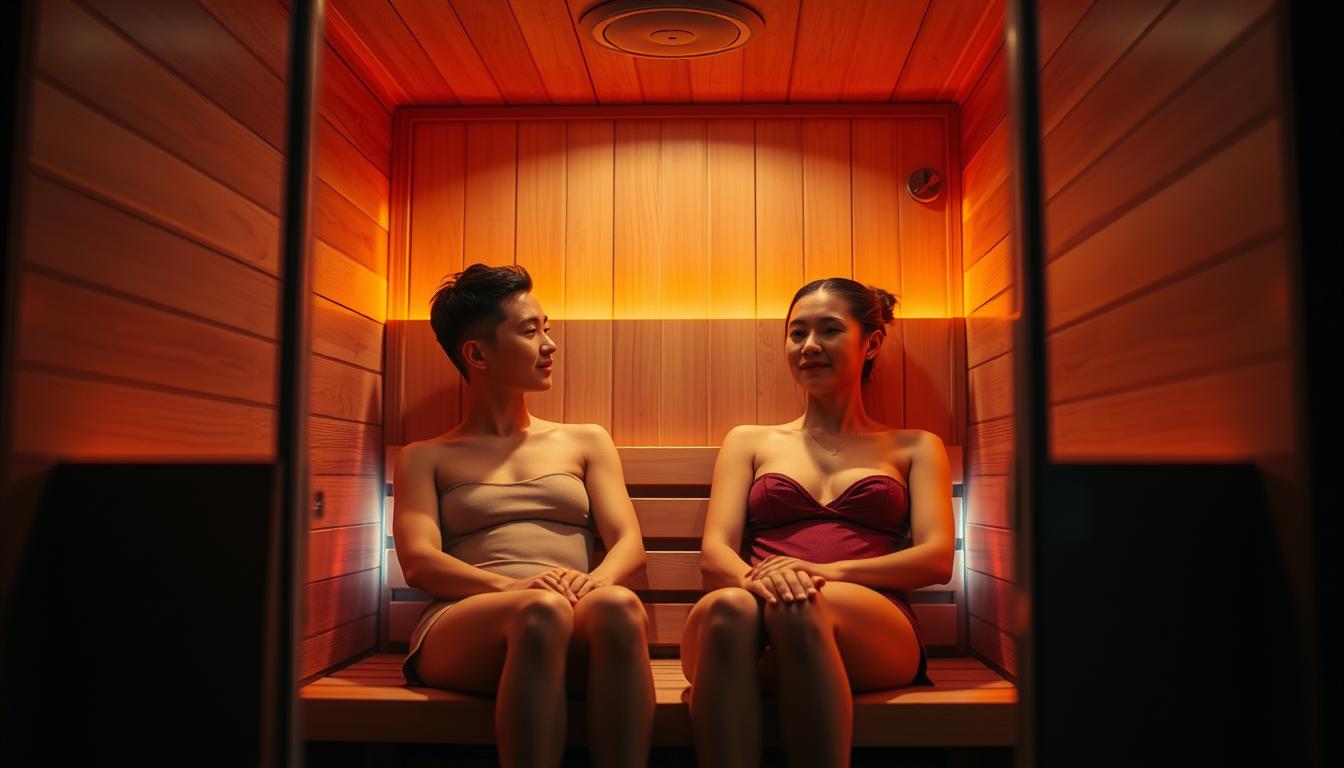
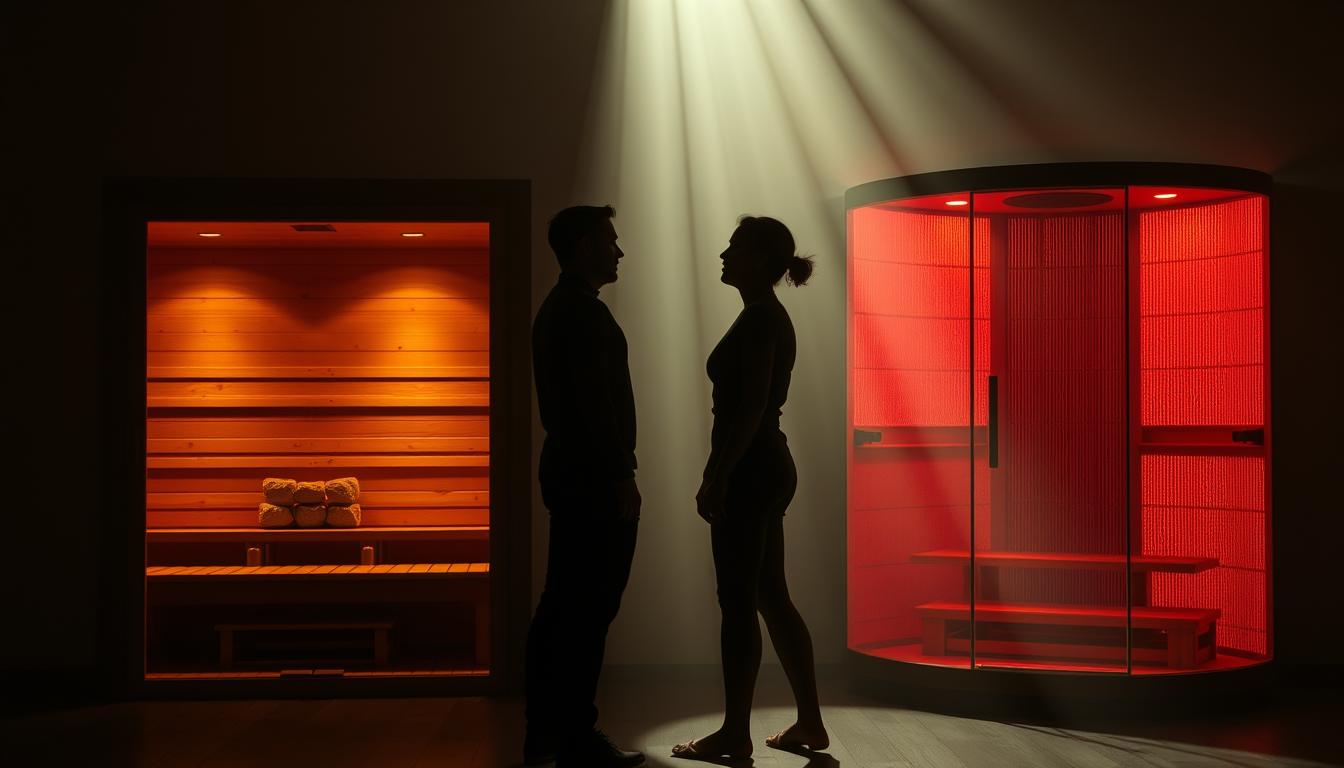
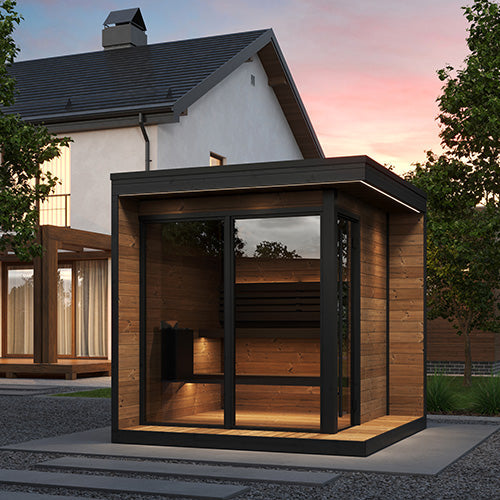
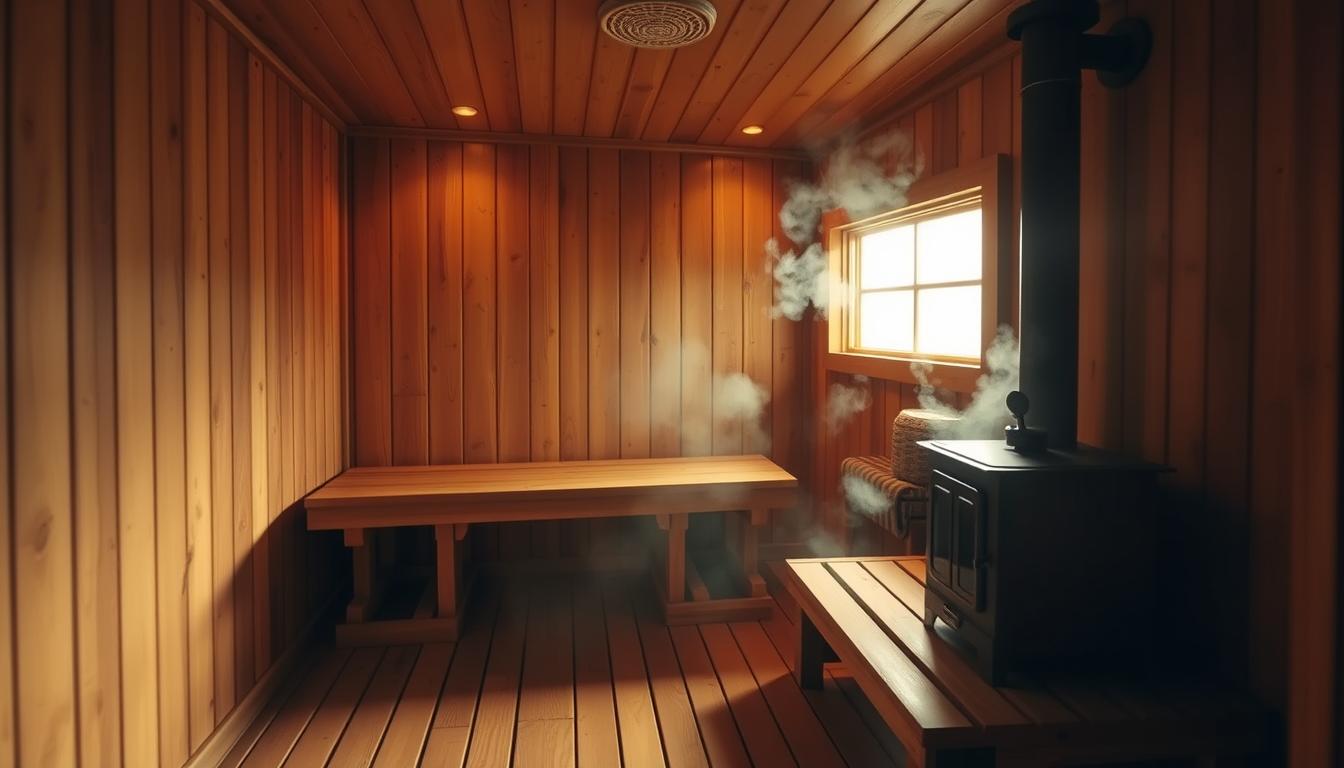
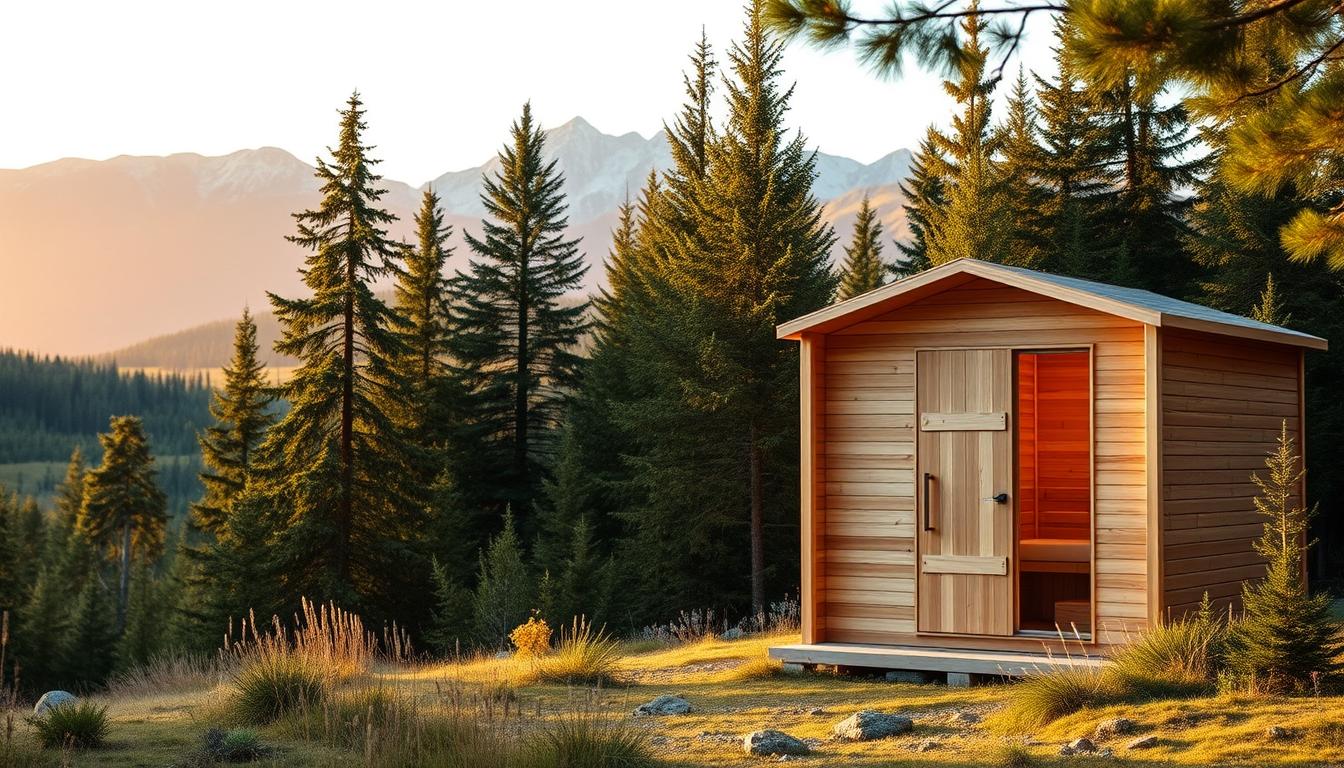
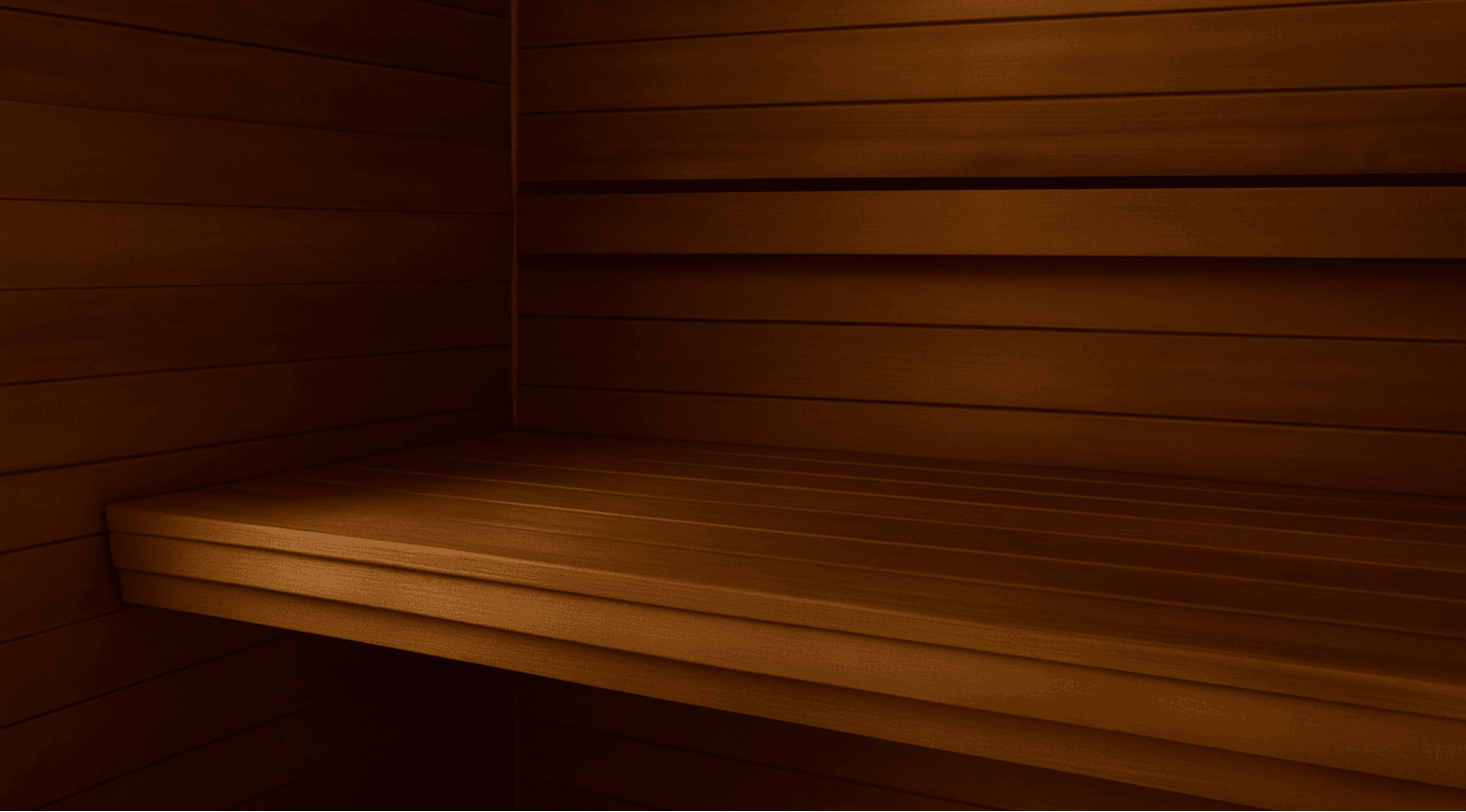
Leave a comment
This site is protected by hCaptcha and the hCaptcha Privacy Policy and Terms of Service apply.